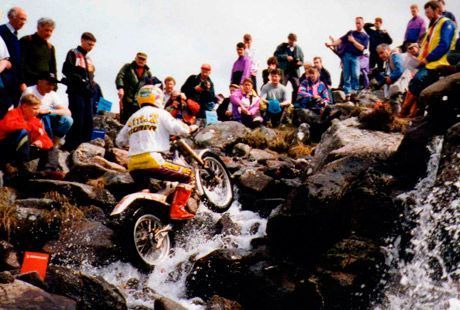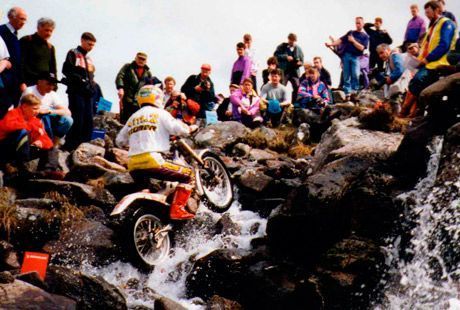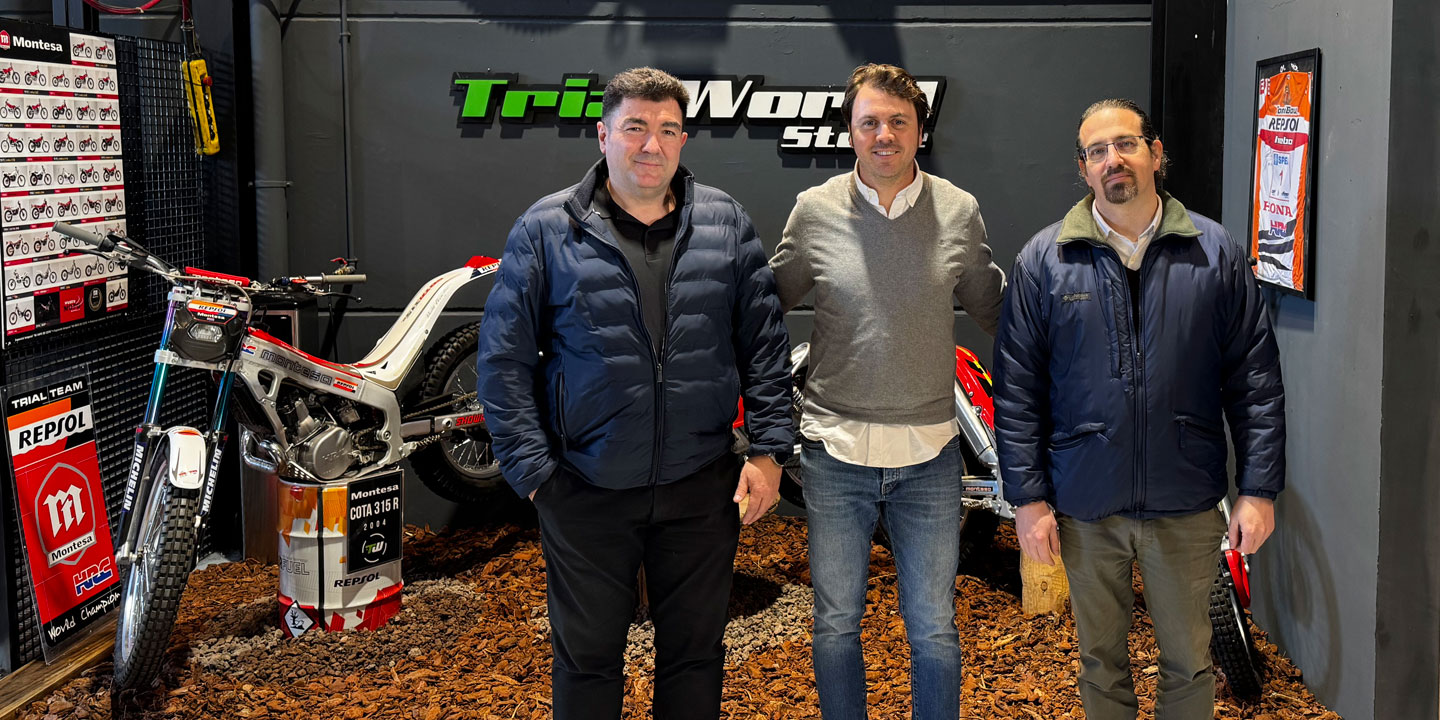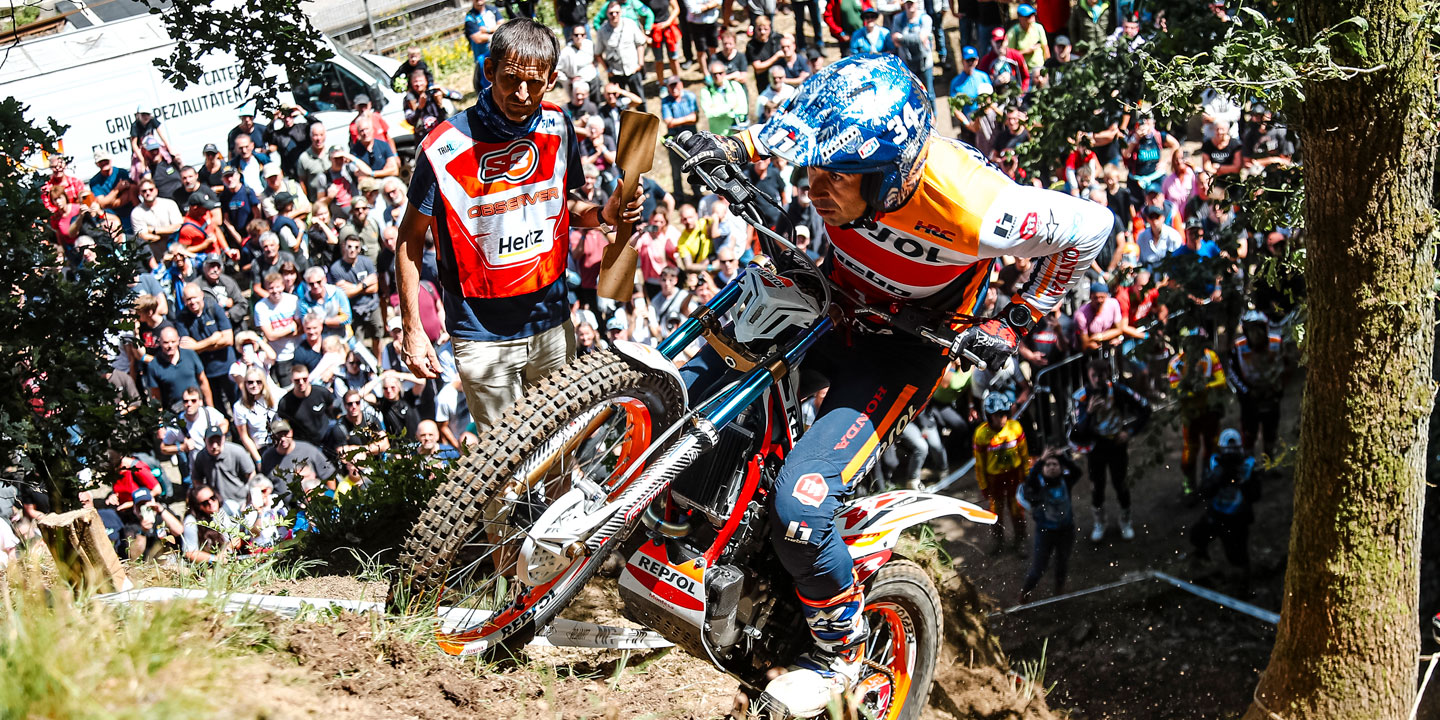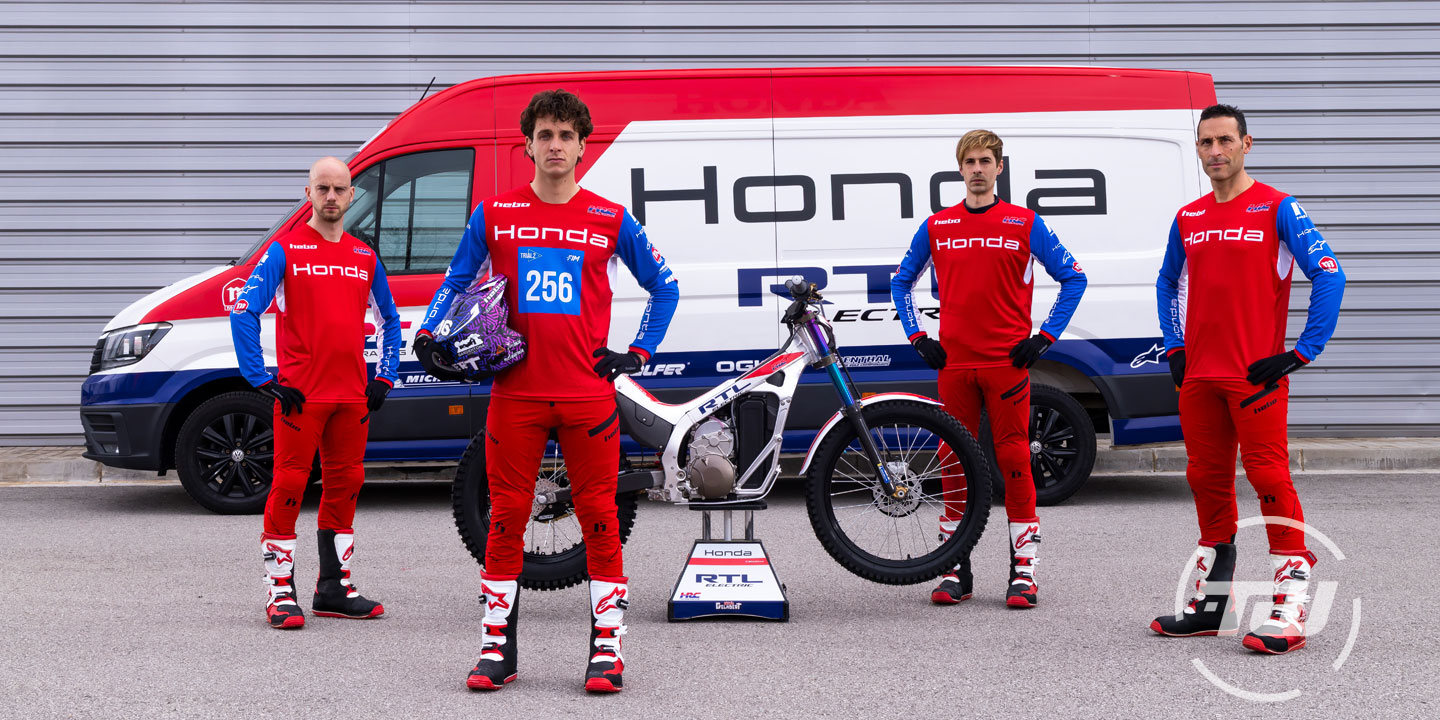We rescue this fantastic chronicle by Carlos Casas a few days before the start of a new edition of the legendary Six Days of Scotland Trial. It will be at Fort William from May 6-11.
The report that you can read below corresponds to the 2011 edition, corresponding to the centenary of this competition.
CENTENARY OF THE SCOTTISH TRIAL
When we are already on the verge of the start of the most charismatic and important event of all those that have been held historically in Trial, the Six Days of Scotland, we continue to recreate ourselves with the atmosphere prior to this important edition.
After Javier Cruz, an eminence of classic Trial in Scotland, Enlighten us with a beautiful report that you can see here, we have the privilege of having a very interesting report on the part of Modern Trial written by Carlos Casas, one of the pilots most important and influential on the national scene by trajectory, charisma and seniority.
Its 21 editions of the SSDT are the best endorsement that this report requires a must read by all Trial fans. From Trialworld we want to thank Carlos for his great work and above all for sharing with all of us that great passion that he carries inside. We all wish you a great centenary at the SSDT 2011. Luck!
Text: Carlos Casas / Photos: Carlos Casas & G2F
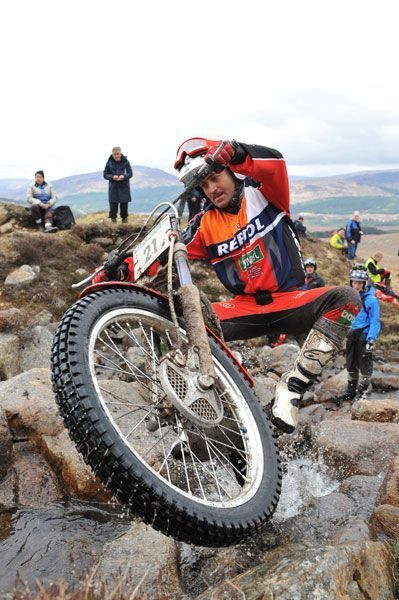
It’s a Tough, demanding and racing test that tests the endurance and physical condition of the pilot; There are 180 areas in a route of 1,000 kms in six days, on a difficult terrain, full of mud traps, with a changeable, sometimes hellish weather, rain, cold, wind, hail and even snow. All this makes it a really demanding trial and it is easy to reach the extreme of exhaustion both physically and mentally.
It’s a trial where we all suffer. Some more and some less, and even more than once people say “never again”, but then after a few weeks you are already thinking about coming back. In other words, the bad times are forgotten and only the good memories remain.
It is difficult to express in words the satisfaction of arriving at the magnificent areas full of people who are experts in trials, who appreciate and applaud the effort or a simple endurance of an amateur rider. Discovering remote, wild, beautiful places, only accessible to a trial bike, or the pleasure of arriving at the end of the day, after more than 200 kms and about ten hours of motorcycling, go to the hotel to rest, have dinner and enjoy the comments of friends.
What surprises the newcomers, those who are participating for the first time, is the incredible organization and assembly of the race. Such as the assistance and refueling of gasoline that the army mounts in remote, unlikely places and far from inhabited areas. Let’s not forget that the Scottish Highlands is the most uninhabited region in all of Western Europe and that it is common and curious to see at the beginning of some valleys such as the “Lost Valley” or after the “Blackwater Dam.” Signs that say something like: ” Watch out because you are entering an inhospitable, remote area, with no phone coverage and so many miles & hours away…. It’s their responsibility.”
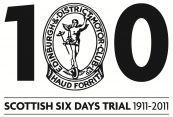
Currently the SSDT arrives at the 100th edition in enviable health, as its 275 places are covered with almost double the number of applications and many people are looking forward to the draw to be able to enter and participate. About 10 years ago, even some years the figure of 275 was not reached, but they knew how to turn around, they applied the “non stop” again in the areas and since then there are more than 450-500 requests that have come to them.
Why do amateurs and trialists want to participate in SSDTs so much?
Apart from the fact that it is a historical and prestigious event, of discovery of a landscape and corners of incredible beauty, in the areas, mythical groups such as: Laggan Locks, Greag Lundie, Pipeline, Lagnaha, Ben Nevis, Chairlift. The fact of being able to do the same areas, the same route as the professional riders, being able to compare yourself with them and basically to run for me the best trial event in the world.
What do you have to do to run them?
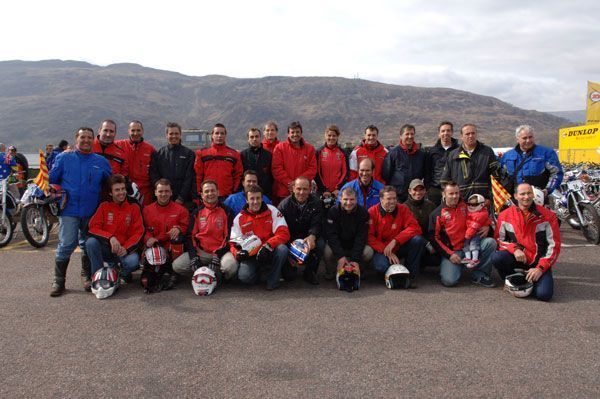
This is followed by the registration fee, which is only £400. I say only because this includes; Registration, fuel for 6 days (1,000 kms), lunch, chain greasing, refueling tools, water, t-shirt… etc.
Then there’s displacement. It is normal to take a plane flying direct to Glasgow; that the motorcycles and luggage are carried by each factory and there you can take a Hotel, Hostel or even a Bed & Breakfast depending on the taste and budget of each one.
Preparing the bike for the race
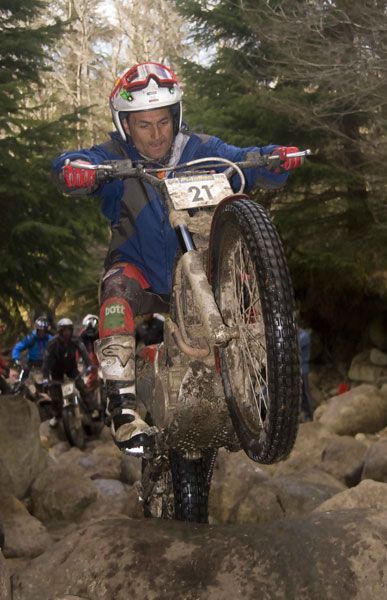
Then have the motorcycle registered and secured, placing a vertical plate on the rear fender so that the license plate is well seen, this is required by the Police to have a control of possible infractions on the public roads and towns that are crossed.
Pilot Preparation:
It is essential to have a good physical and mental preparation. Physics to endure up to 10 hours a day of running and dosing your efforts well so as not to get overwhelmed. Arriving at the areas after a long trail of “bogs”, tired, with ramps in the arms, cramps in the legs and without fuerza.es synonymous with fiasco, falling and what can be worse of hurting yourself or damaging the bike. And on a mental level, because you have to be prepared to suffer, always think positively, set yourself the goal of finishing and recharging batteries enjoying every moment, whether it’s the landscape, the areas, the atmosphere or the support of the public.
In terms of a particular summary, I would like to say that this is undoubtedly my favorite race, that I have run 21 editions and that luckily I have managed to finish them all. My first participation was in 1979, as the winner of a Challenge that awarded the best Junior rider by adding the classifications of the 3 Dias Santigosa and the 3 Dias Cingles. There I raced with a Montesa Cota 348 and I remember that we made the long journey by car with Miquel Cirera, Jaume Subira, Joseph Jo and Pere Ollé. Other historic Spanish pilots participated, such as: Manel Soler, Cucurella, etc. etc. It was a very hard year, with rain and even snow and I remember thinking: they are crazy. And I swore to myself that I would never come back. Despite that, I got a good result of 45 overall and Special First Class.
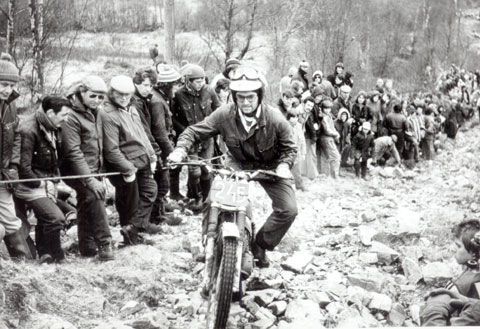
and came back in 1990. That’s when I got hooked and since then every year it’s been my dream of the first week of May… until my body can take it!
So, summing up all these 21 years of participating, I feel very satisfied to have finished them all, for the results obtained: 13 absolute classified in 1997, 14 absolute classified in 1994-1996, 4 years as best foreign driver, 3 years as best veteran and several times winner for teams of countries and clubs… but without a doubt happy to have lived it so intensely, met so many pilots and friends from all over the world and satisfied to now be living the Centenary of the SSDT.
And as for anecdotes , there are many, good and not so good, but I would highlight:
In 1979 I was running with a pair of rubber Dunlop boots, because when I set foot in the black mud “the blackwaters-bogs” the boot got stuck in me, my foot came out… and I had to go back to get the boot!
Seeing a colleague arrive at the hotel at 11 o’clock at night and by taxi after abandoning the motorcycle who knows where more than 70 kms.
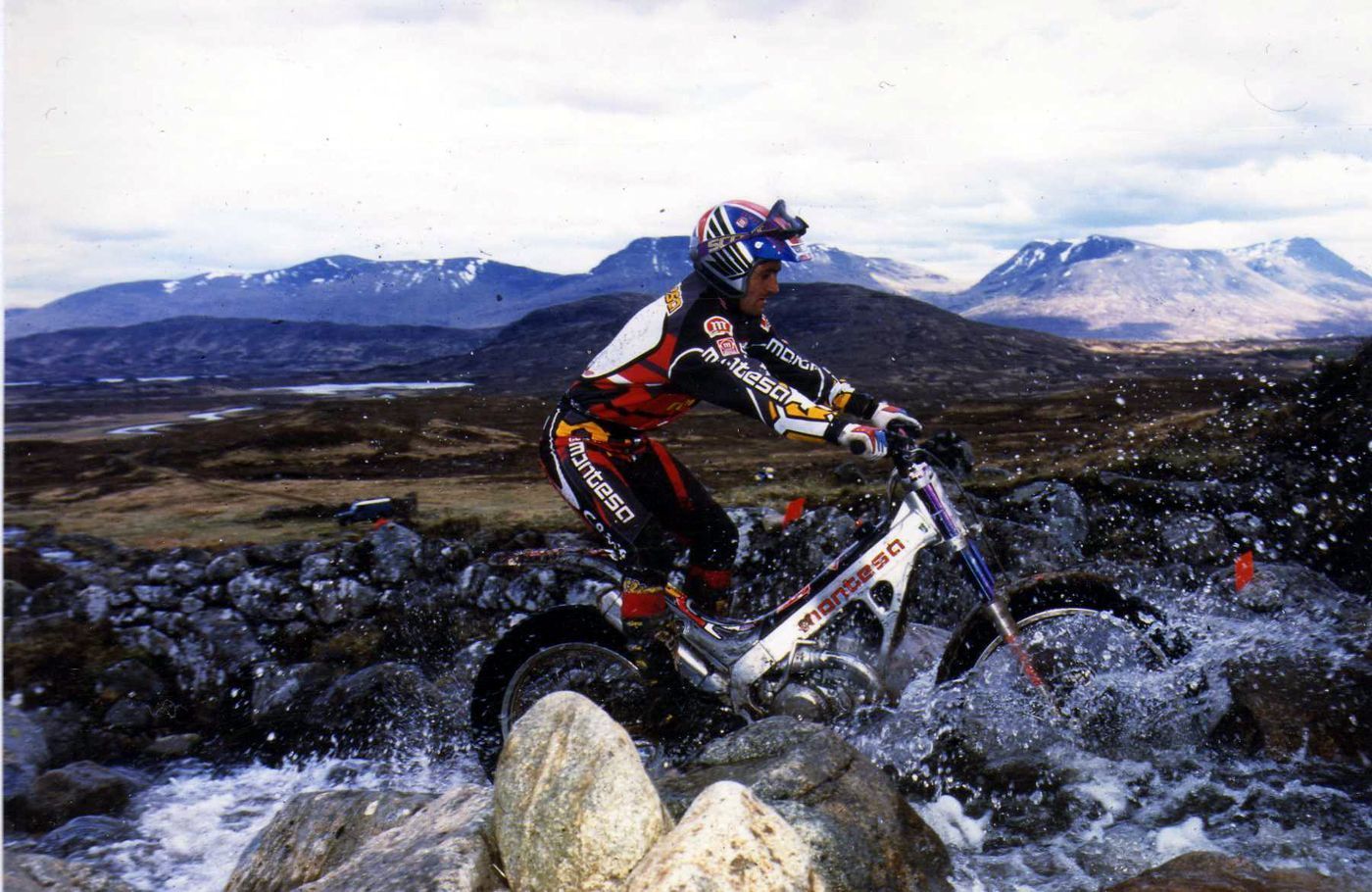
Sad note is the death of a Scottish driver, Ian Fender, run over on the road just off Corran Ferry.
See the speed controls with mobile radars that the local police put at the entrance and pass through the villages. Whoever gets caught, because apart from the sanction there is the exclusion from the race.
Having to cross rivers several times, almost overflowing, with water up to the waist and having to be 3 riders to pass each bike, like a couple of years ago with Michael Brown. And there was no other way!
To see the desperation of Gago, the Spanish-Swiss pilot who was “stranded” just 4 groups of zones on the last day, but to reach the nearest town, Spean Bridge, the army towed him along forest tracks for 3 hours.
Completely unrim the rear wheel with the tire out of the rim, without traction and pouring rain: take a wire from an old fence, tie it to the rim and “fly” sitting on the handlebars until the next service 30 miles away.
Anyway, that and a thousand other things and anecdotes make
SSDT a proof that you can hate or love madly
, but that undoubtedly leaves no one indifferent.
Carlos Casas
{bonckowall source=”2″ pkey=”album” pvalue=”dqtrialworld” pvalue2=”SixDaysOfScotlandTrial” }{/bonckowall}
